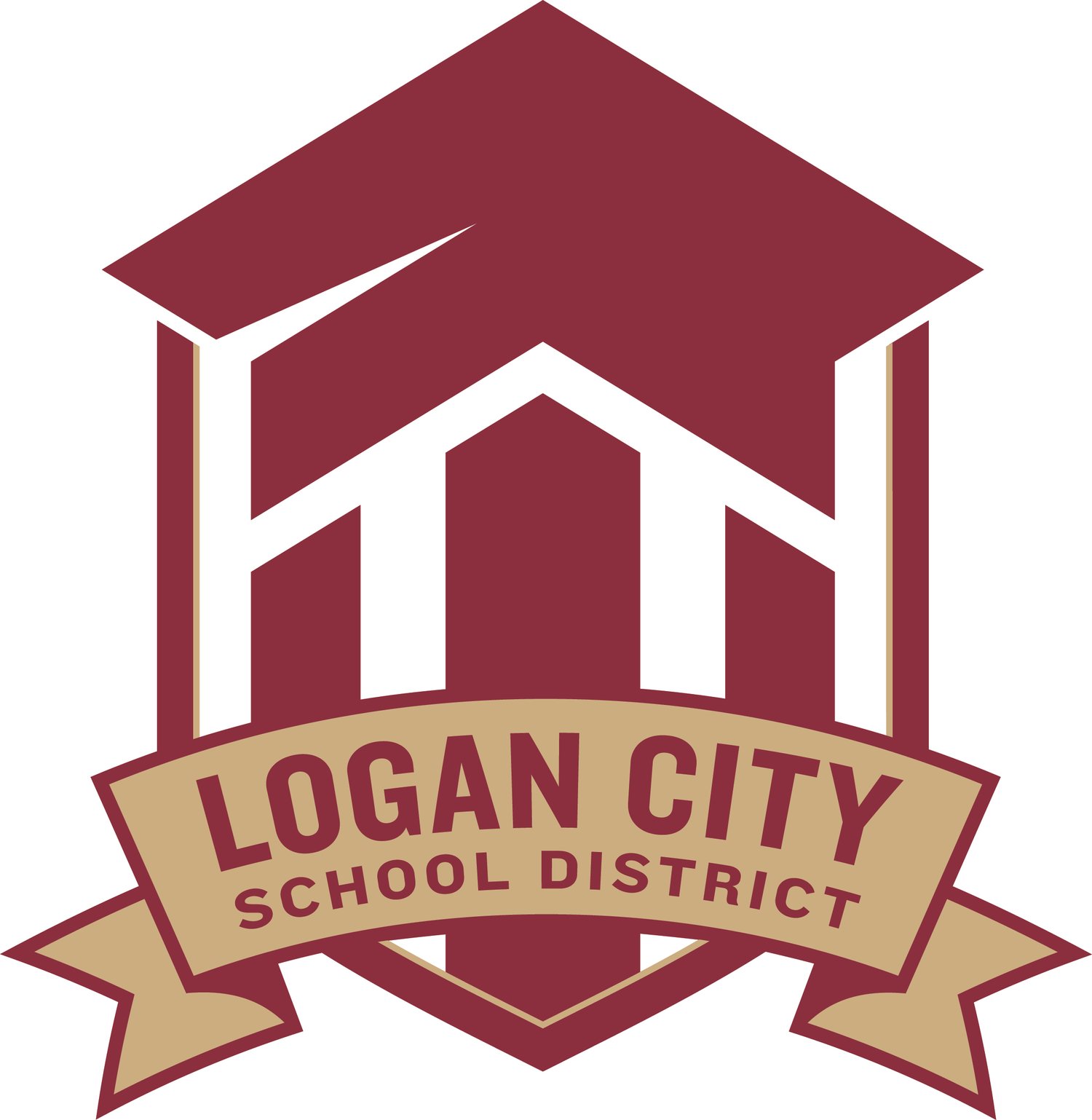Approval Date: May 10, 2022
FDE- Student Wellness Policy
Definitions
- Smart Snacks in School: guidelines set by the USDA for food items sold in schools
- USDA: United States Department of Agriculture
Policy
The Logan City School District promotes healthy living by supporting wellness, good nutrition, and regular physical activity as part of the total learning environment.
The District supports an education where students learn and participate in positive dietary and lifestyle practices and also learn about the negative impact and cost of poor nutrition and inactivity to both individuals and society as a whole.
The District adheres to state and federal guidelines for nutrition education, physical activity, and for all food sold on school campuses.
Agreements and contracts for vending machines are subject to district financial policies and procedures.
District Goals
The student wellness goals for the Logan City School District are:
- Students will be taught healthy food choices and healthy lifestyle choices during health, and/or physical education classes on a regular basis.
- Each school will adhere to USDA's "Smart Snacks in School" policy.
- Building administrators will ensure the Student Wellness Policy is followed at their school.
- Elementary After School Club will educate students on proper diet and exercise at least annually.
Utah Code: Section 53A-1-402
United States Code: (42 U.S.C. 1779, 10(1), 10(b))
Procedures
Nutrition and Healthy Habits
The District applies the following requirements regarding foods and beverages available at schools.
- Food providers are required to take every measure to ensure that student access to foods and beverages meet federal, state, and local laws and guidelines.
- Vending machines are only available to students in the middle school and high school.
- All food sold during the school day will follow the USDA's "Smart Snacks in School" policy.
- Food for special events and celebrations is left to the discretion of classroom teachers.
- Teachers and parents are encouraged to offer a variety of healthy choices.
- All students have access to affordable, varied, and nutritious foods.
- Access to food service operations is limited to child nutrition staff and authorized personnel.
Physical Activity
The District applies the following requirements regarding physical activity at schools.
- Physical education classes, recess, and physical activity opportunities, are encouraged, and are available to all students.
- Physical education programs are designed to stress physical fitness and encourage healthy and active lifestyles.
- Physical education programs consist of activities of at least moderate intensity and for a duration that is sufficient to provide a significant health benefit to students, subject to the differing abilities of students.
- Teachers and other school and community personnel do not withhold opportunities for physical activity without parent notification.
- Students are taught to assess their individual fitness and develop skills to maintain a lifetime of health and fitness through age-appropriate education.
- All students (K-5) are provided a minimum of 40 minutes of structured physical education per week outside of recess or free time.
- All students (6-12) are provided health and physical education according to state core curriculum and guidelines.
Learning environment and Education
The District applies the following requirements regarding learning environments at schools.
- The entire school environment, not just the classroom, is aligned with healthy school goals to positively influence a student's understanding, beliefs, and habits as they relate to good nutrition and regular physical activity.
- Nutritional information, health instruction, and physical education goals are aligned to integrate curriculum goals and objectives, where possible.
- Educators, administrators, and parents consider the critical role student health plays in academic stamina and performance and adapt the school environment to ensure that students' basic nourishment and activity needs are met.
Evaluation, Assessment, and Promotion
The District applies the following procedures to ensure appropriate evaluation, assessment, and promotion of student health and wellness.
- The Superintendent or designee oversees compliance with the established district-wide wellness policy.
- The building administrator or designee ensures compliance with this policy and these procedures and reports to the Superintendent or designee.
- The District Wellness Committee consists of administrators, physical education teacher(s), parents, a school board member, school nurse, child nutrition manager, students, and any public who would like to attend.
- The District Wellness Committee meets a minimum of one time per year. On a triennial basis the policy will be reviewed for the following: extent of compliance with current policy, progress made toward attaining goals and how current policy compares to model policy.
- School Community Councils annually review the Wellness Policy and ensure it is being followed at their school.
- The Wellness Policy will be available for public viewing and comment during a school board meeting at least annually and will also be available on the district website.



